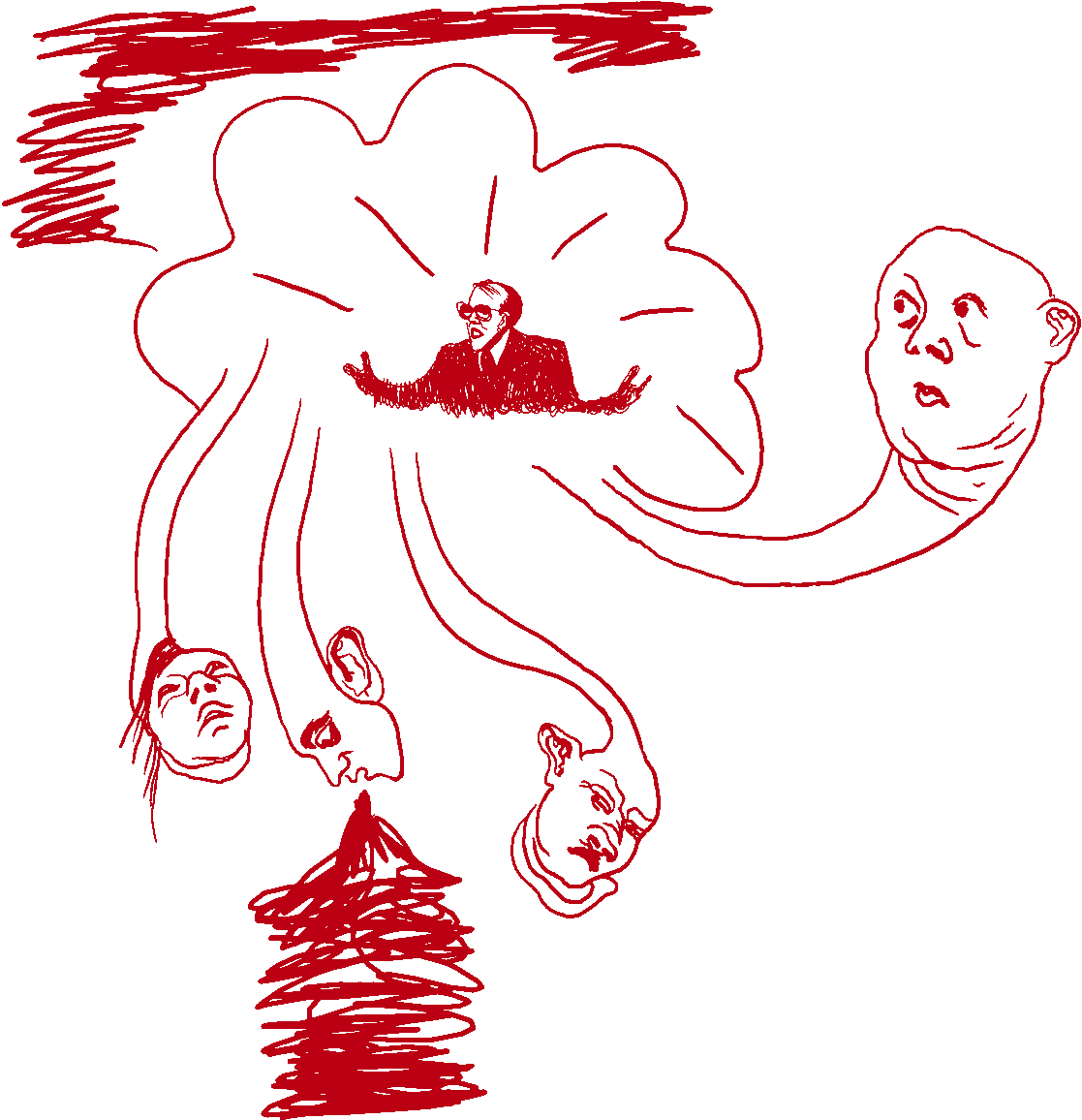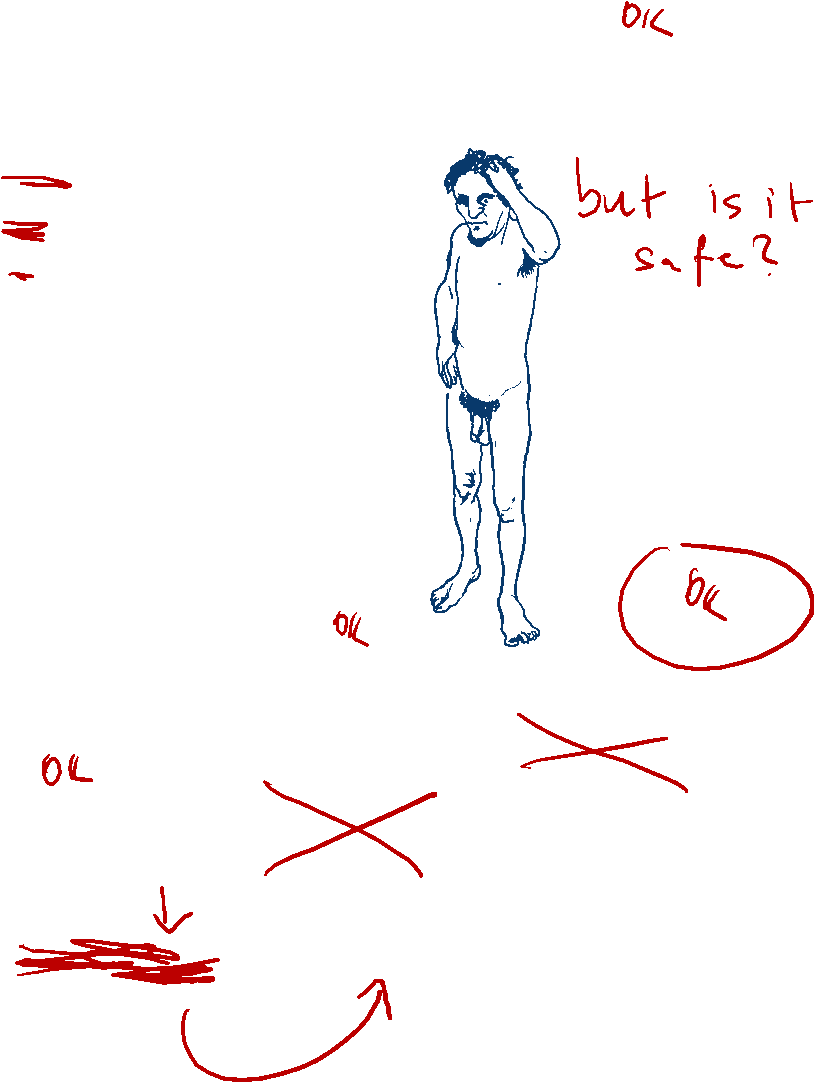Editor’s note: Arin Yoon is a photographer based just outside of Kansas City, Kansas. The views expressed here are hers. Her husband, Lt. Col. John Principe, retired from the US Army in June 2024 after 24 years of service.
As John’s truck approaches the clinic, I pull my camera up and click the shutter. He notices me and makes faces at the camera as he always does. It’s a ritual we are both accustomed to, especially in moments of transition.
I make pictures to understand, to connect, to preserve. My early photos as a new military spouse were like those of a spy in a place I didn’t yet belong — through the blinds, through a hole in the fence, through night-vision goggles. Now I feel more open about my experiences.


For the past 12 years, I have tried to share moments beyond the dramatized images of battlefield action, emotional homecomings and veterans in crisis. I’ve photographed the often-overlooked everyday moments that make up this military life. The constant moves and goodbyes. Objects that make up this life that don’t exist in civilian domestic spaces. The days after a deployment, when a service member “re-integrates” back into the family and into civilian society.
Now, I capture this final transition out of the military because it’s not just John who is leaving this life. It’s me and the kids, too.

John didn’t start going to therapy until after he had turned in his retirement papers. He was concerned that it might jeopardize his career.

Teo and Mila, surrounded by moving boxes, wait for the garage door to open on their last day of school at Fort Leavenworth.

I looked in the garbage and there were boots that John wore throughout his career — boots from trainings and deployments, some never worn.

Some days are harder than others.
What’s also different for John is that, after 24 years as an infantryman in the Army, he is beginning therapy for the first time in his life. He is allowing himself to process his combat deployments.
As we sit in the waiting room, John taps through the mental health assessment on the tablet. It will be my first time meeting with his therapist.
I feel anxious and excited, wanting to share so much, but I remind myself it’s not about me. It’s about John. I speak candidly about our struggles, about the impact of secondary trauma on me and the kids. I mention John getting shot in Iraq. She raises an eyebrow. I realize that he hasn’t brought this up with her. What have they been talking about all these months?
Before we were married, I came across photos of his deployments on his computer. They told stories that he never did. There was a rawness to them that was different from the photos I’d seen in the media. I asked him in 2012 if he wanted to talk with me about them for a photo essay. He agreed and recalled, in detail, the day he was wounded in 2007.

“I was crossing through an open area when I noticed that rounds were coming our way,” he told me. “When a bullet is shot at you, you know the sound that it makes, especially a supersonic round. It just zips by you, it’s a distinct sound, and you know you need to get behind some cover.
“I started running as fast as I could to get to cover, and I was running towards a courtyard with a fence-like structure and right before I turned the corner into the courtyard, a bullet hit me in the right shoulder and it took me off my feet. A sergeant just grabbed me and pulled me in. The medics started to treat me and at that point it got crazy. Everyone was shooting.”



If I hadn’t asked about this, he probably wouldn’t have told me. The only times he talks openly about his deployments is when he reconnects with those who were with him during those times. Woven into the moments of violence and trauma are also the stories of deep humanity, brotherhood, and humor to get through it all.
Later, I am on my computer when John leaves a notebook on my desk. He doesn’t say anything. I open it when I take a break from my work and I realize what it is. It is the journaling he has been doing with his therapist — her new strategy to get him to open up.
He starts the journal with how many US soldiers and Afghan security forces were killed in each operation and what awards were given: Silver Stars, Bronze Stars with valor, Purple Hearts. Everyone in his company received Combat Infantry Badges within the first two months. I know the casualties are what weighs most heavily on him, but he is proud of the awards given to his soldiers.
Then he goes into detail about a traumatic event he experienced in Afghanistan.


It was the summer of 2010. US forces were there to secure Kunduz, which at the time was considered a safe haven for the Taliban. John’s unit was the first to start conducting clearance operations in the northern part of the country.
Before sunrise, an explosion woke John up. He looked out from his outpost and saw billowing black smoke in the distance. Soon after, his unit received an SOS call from an American organization whose multistory building was under attack by the Taliban.

John’s unit and local Afghan security forces mobilized to clear the building and save people hiding on the roof, he said. As they cleared each floor, they faced machine-gun fire and suicide bombers. Over the radio, they could hear cries for help from the survivors on the rooftop who were running out of ammo. Some of them needed immediate medical attention.
“I think the entire clearance lasted maybe an hour but it seemed like forever,” he wrote. “Never thought the day would begin or end the way it did. Was a horrible day, definitely not the worst of the deployment. The first squad that entered the building and myself had blank stares and pale faces just from the sheer shock and adrenaline flowing through our bodies. We could tell we were trained well to do our jobs. It took a lot of courage to get through the first floor. I remember as we were going over the plan to assault the building all soldiers were smoking cigarettes to help calm their nerves.”

John was soaking his combat helmet in the kitchen sink when I caught my reflection.

John and Teo spend time together at my in-laws' home during the holidays in Cupertino, California. John is finally able to spend more time with the kids since retiring.

John uses a combat tactical knife to cut his name tape off his old duffel bag before returning it to the Army.

John meditating — or at least trying to — while using an app.
As I read his vivid recollections of violence — which included body parts, trails of blood and the smell of burnt flesh — tears ran down my face. I thought about the final moments of those trying desperately to survive. I could feel the horror of these experiences that John had kept to himself for so long. It was a relief to know, but felt so heavy. I am only beginning to understand what he has been through.
John’s career spanned the entirety of the 20-year “war on terror.” Service members would often return home only to find that many people were unaware of what they had just been through.
I used to be one of those people until I met John, which was in the summer of 2011. Over the years, little by little, I have come to know the depth of his experiences and his trauma. It has followed John home, into his dreams when he shouts about helicopters and escape routes.



I have read articles on the potential of plant medicine to heal combat veterans. “Hey,” I ask John, “a colleague of a friend of mine is facilitating an ayahuasca retreat with indigenous healers in Peru this summer. Any interest?”
I’ve learned about an equestrian therapy program for veterans near us. On their website, they write, “The horse will keep you focused and honest every step of the way.” That sounds promising.
“You should look into it,” I encourage John. “I’m sure it’ll be a great community of veterans.”
One day he texts me: “You and the kids mean everything to me. I love you.” I could tell he had just finished a therapy session.
I want to press fast-forward on his healing, but I know it is only John who can commit himself to it. And whatever course he takes, it will still be a lifelong journey. But we can help shoulder that burden.








